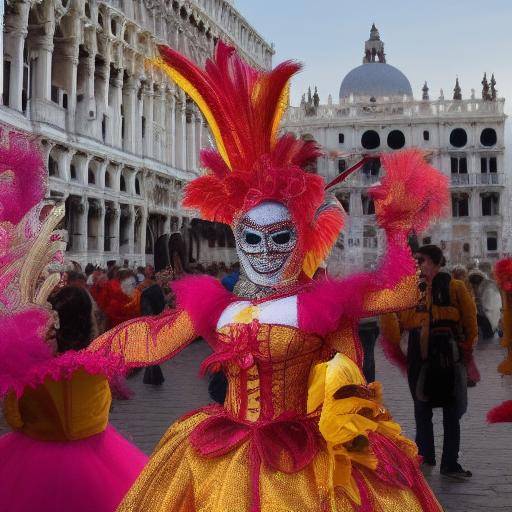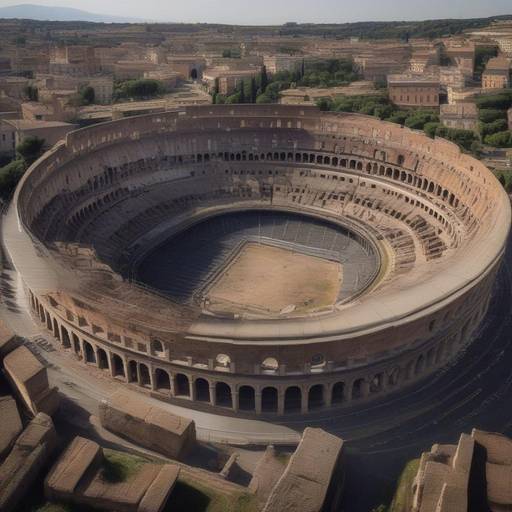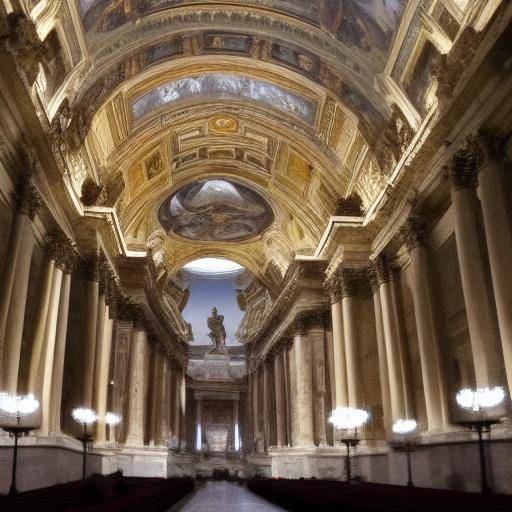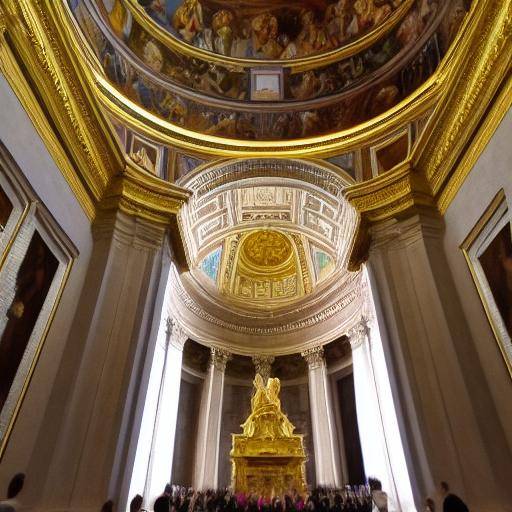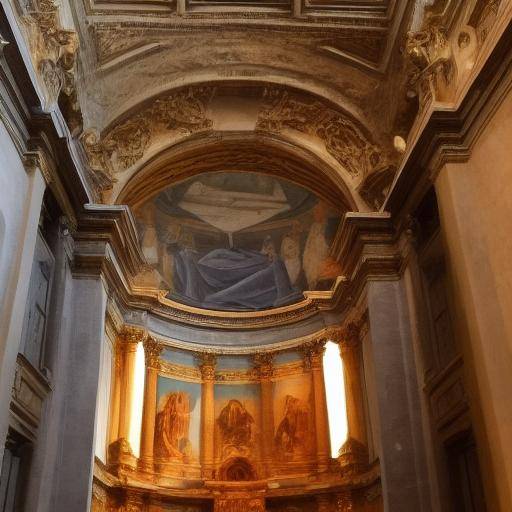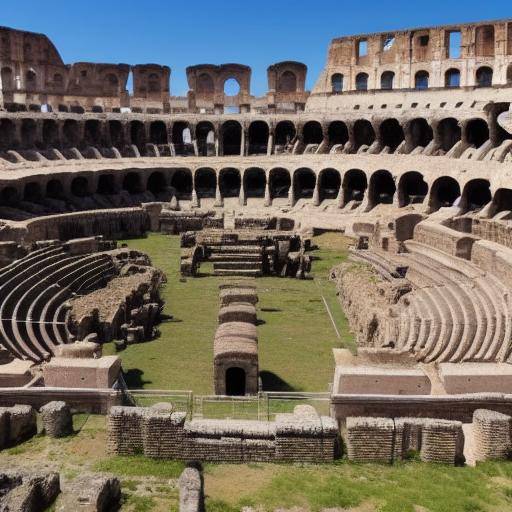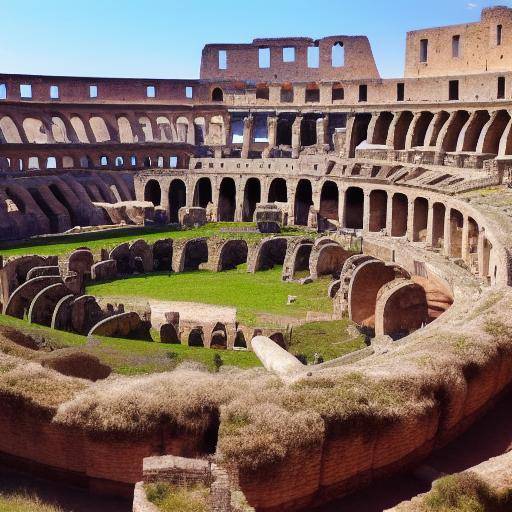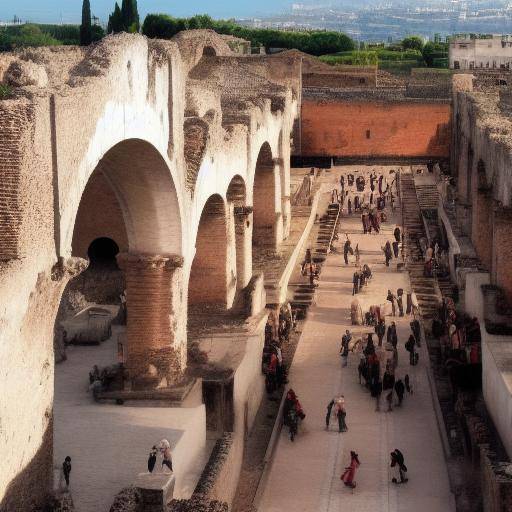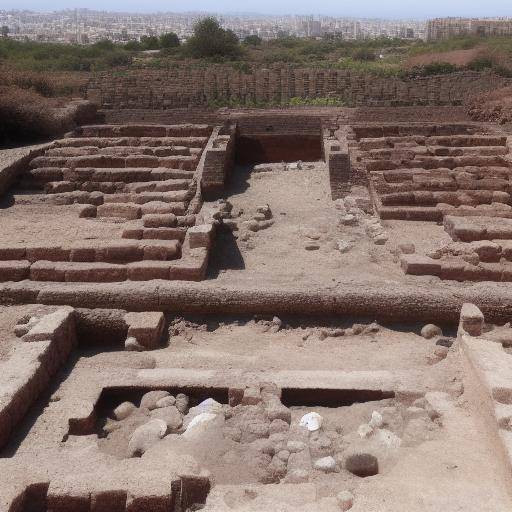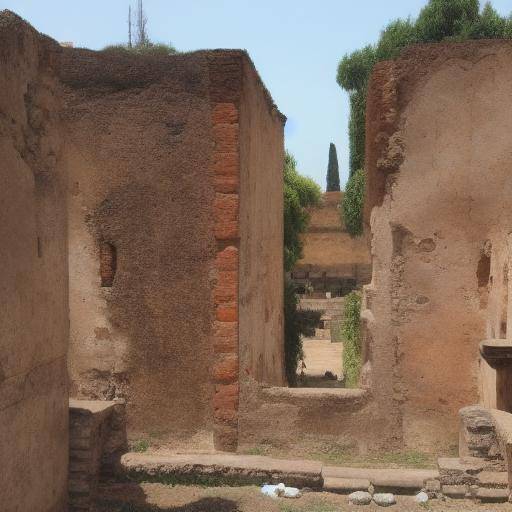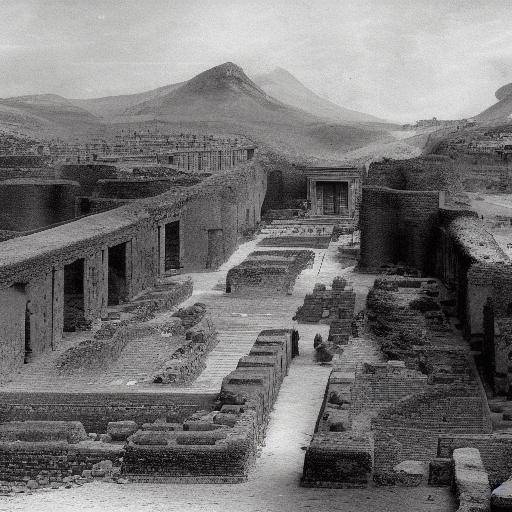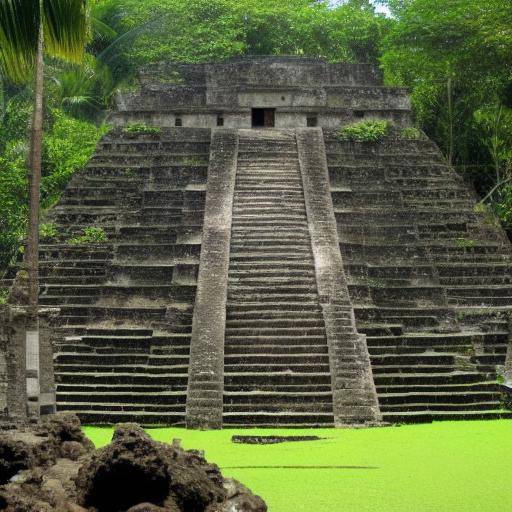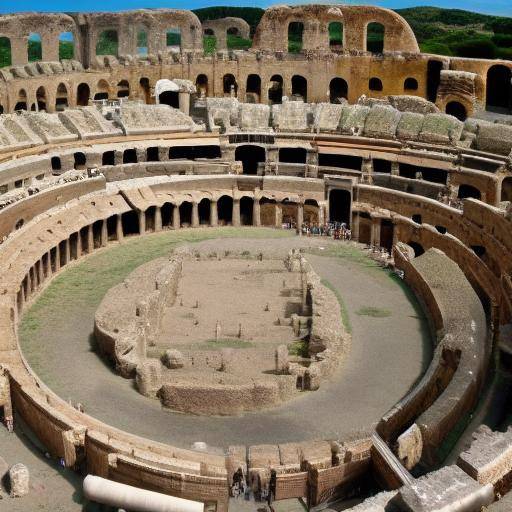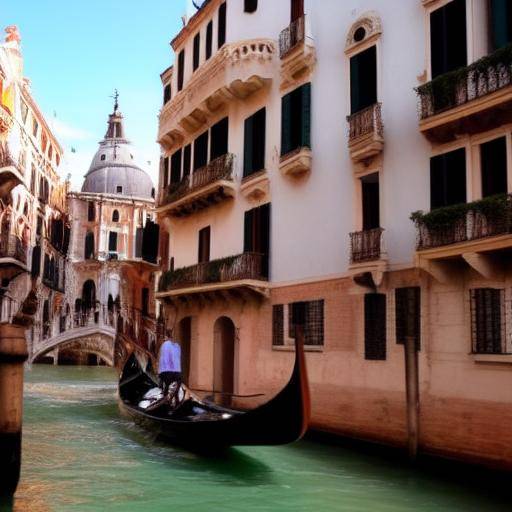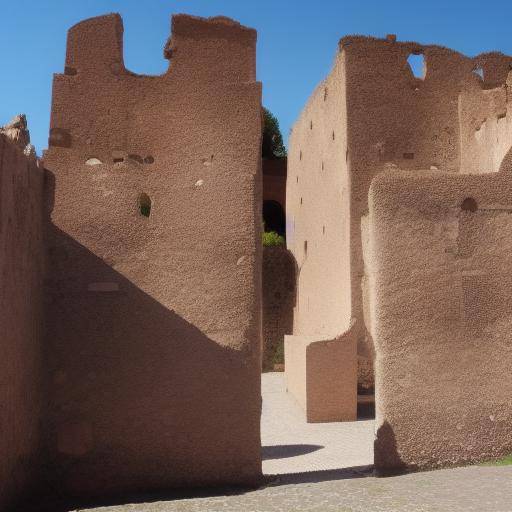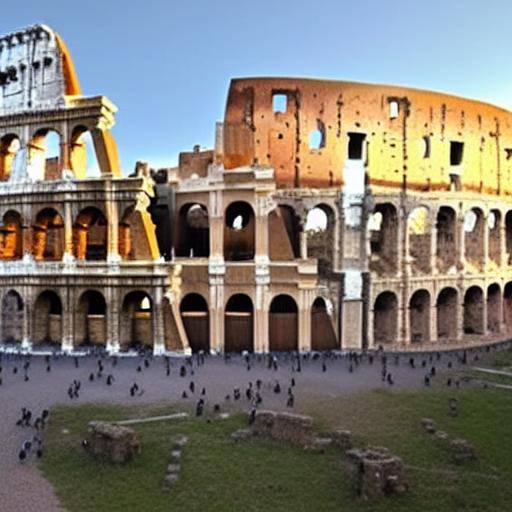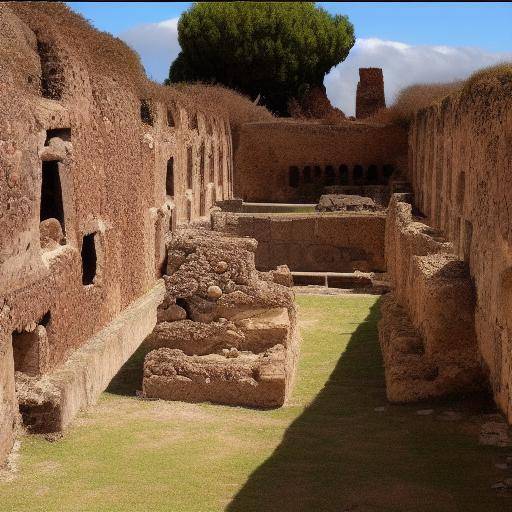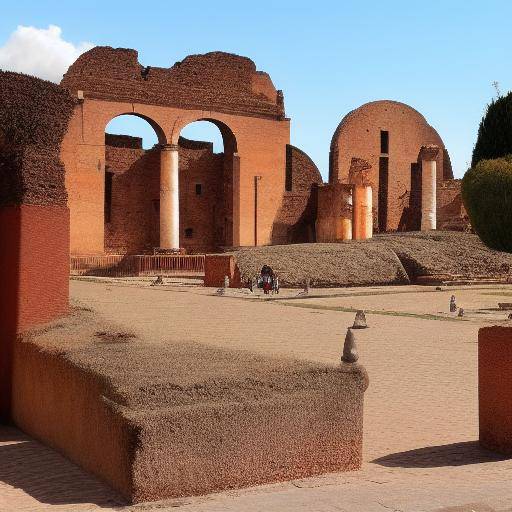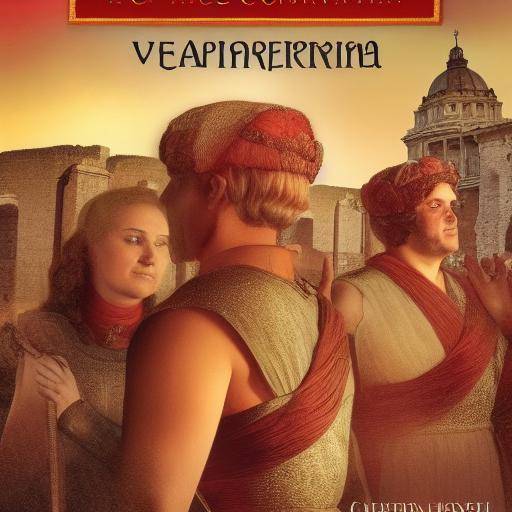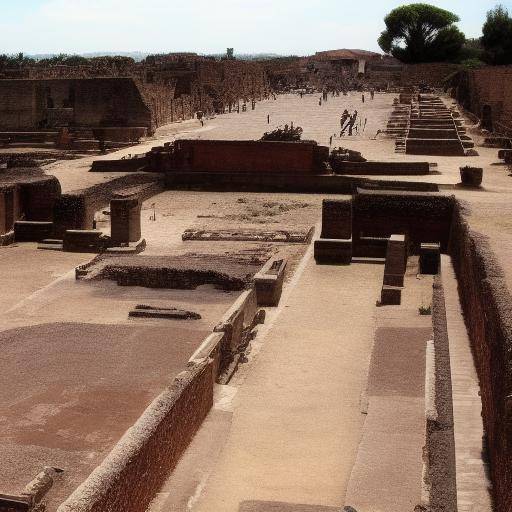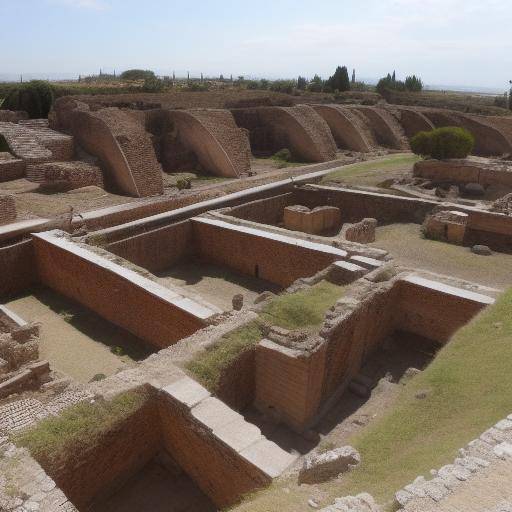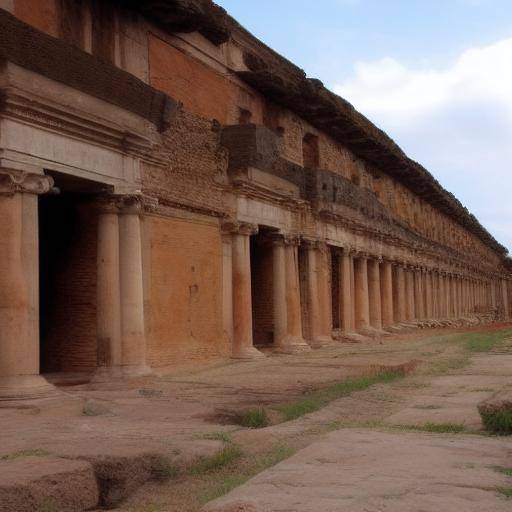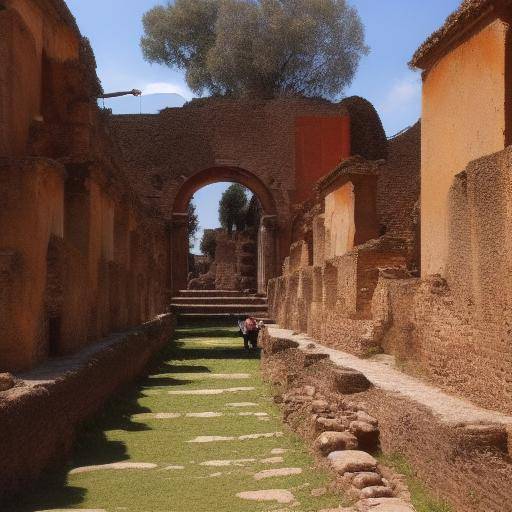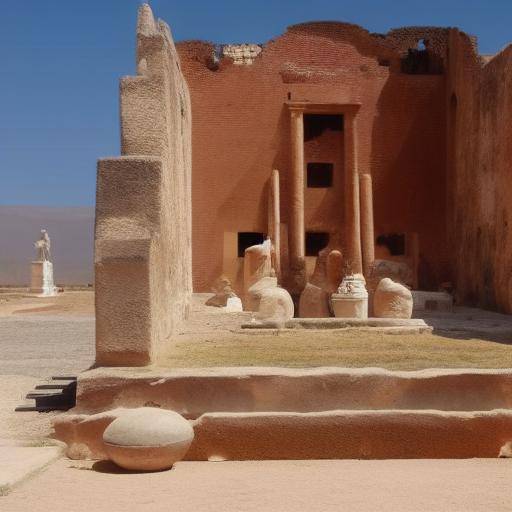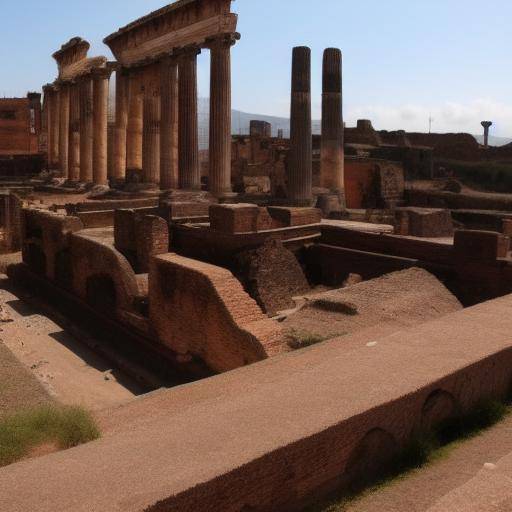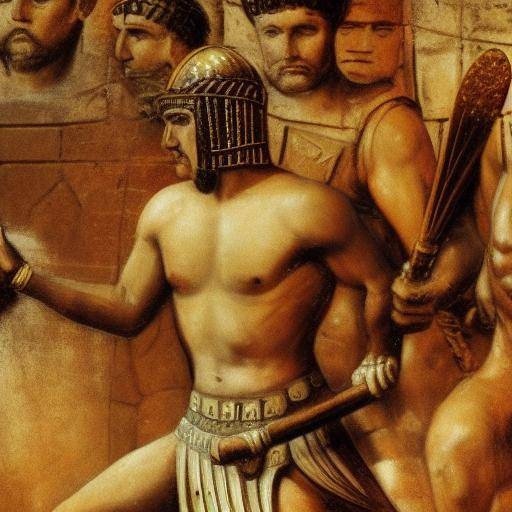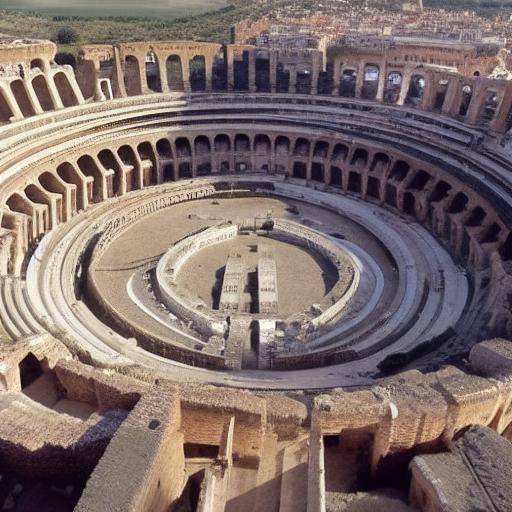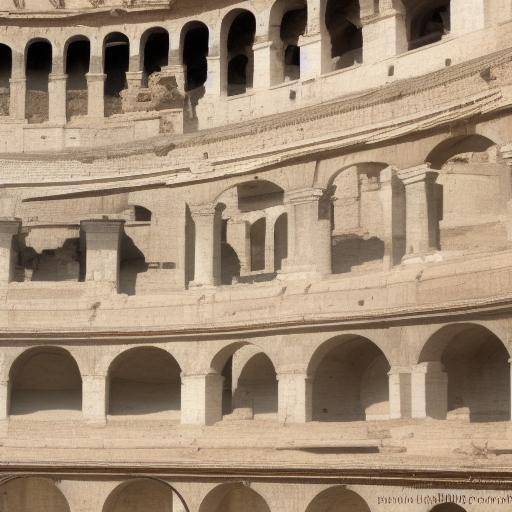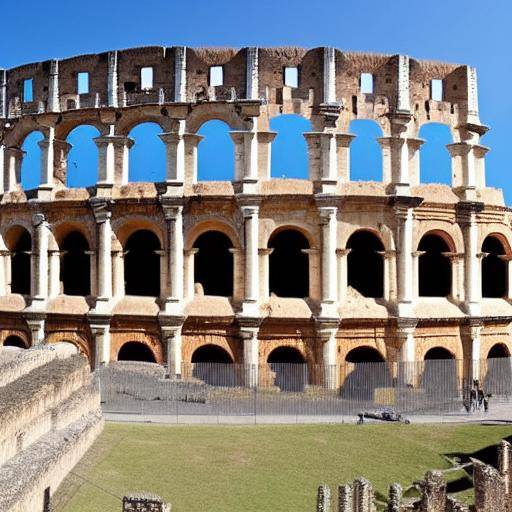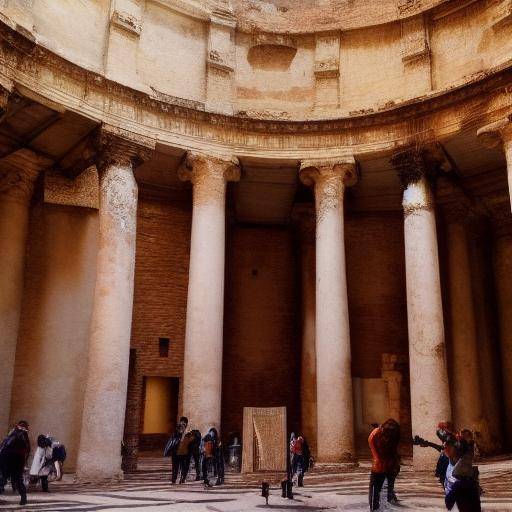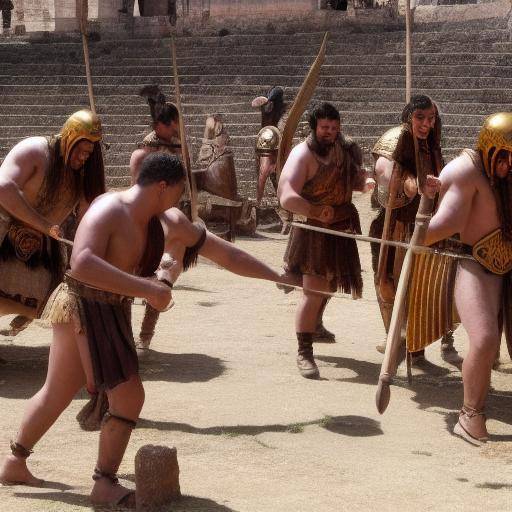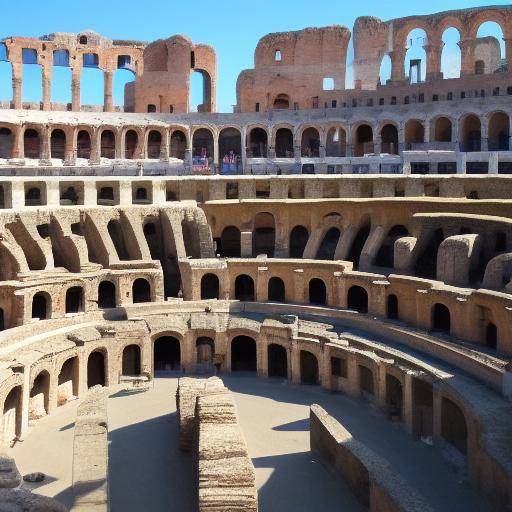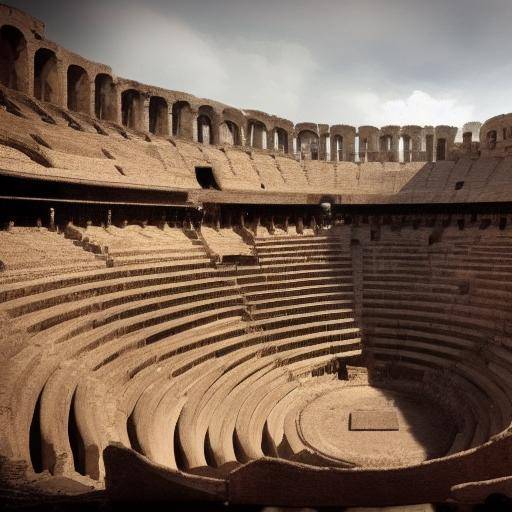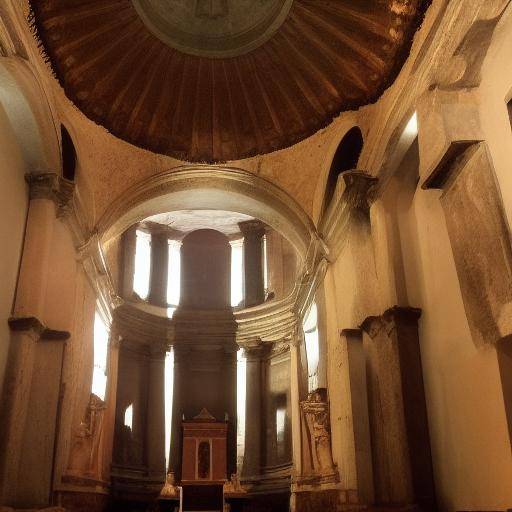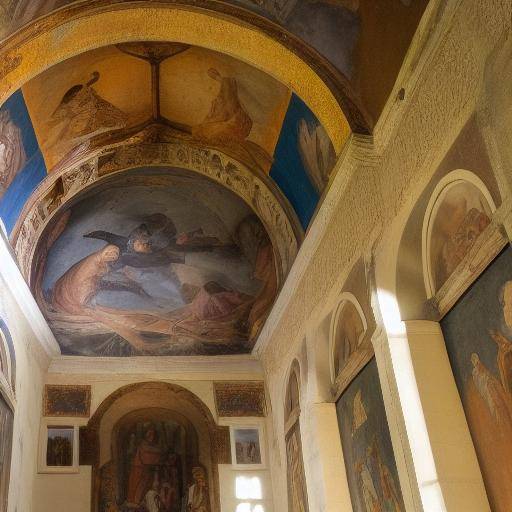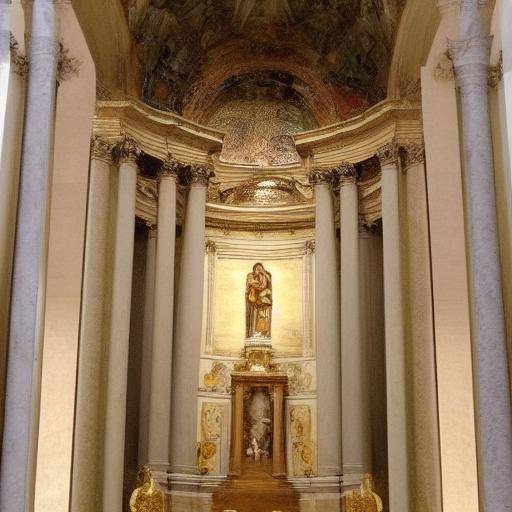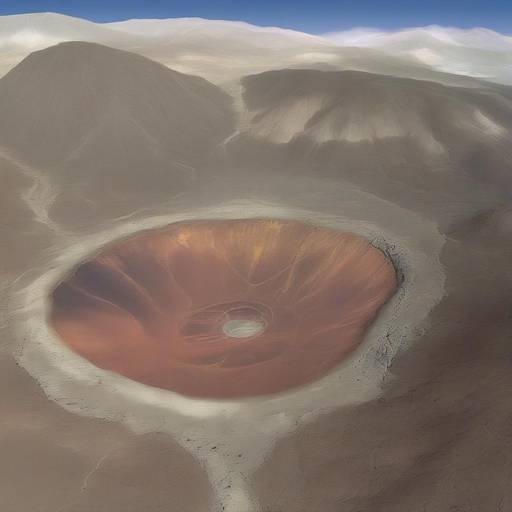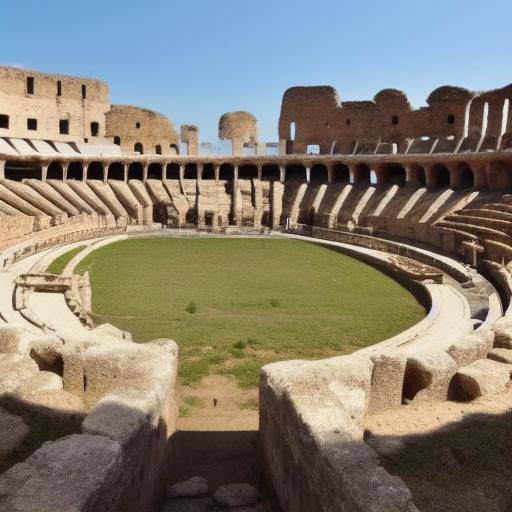
Introduction
The Colosseum, one of the emblematic monuments of Rome, has witnessed events that have shaped the history and culture of Italy. From bloody gladiator battles to theatrical performances, this ancient amphitheater has lived a fascinating and epic story. In this article, we will explore in depth how gladiators defined the history of the Colosseum, deepening in its origins, its influence in Rome and its cultural impact. In addition, we will analyze the similarities and differences between the Colosseum, Rome, and Italy, offering an integral vision of these historical elements and their relevance today.
History and Context
The Colosseum, or Flavio Amphitheater, is an iconic symbol of the greatness of the Roman Empire and its historical importance is incalculable. This majestic monument was built in the 1st century AD and has been the scene of events ranging from gladiator games to animal fights. Over the years, it has endured earthquakes, looting and the passage of time, but its greatness endures. The construction of the Colosseum was completed in the year 80 AD, and its capacity to accommodate up to 50,000 spectators made it the epicenter of Roman social and cultural life.
Origins and Evolution
The Colosseum witnessed elegant and brutal spectacles, with gladiators fighting the most famous and bloody events. The gladiators, mostly slaves or prisoners of war, fought for their freedom and glory in the dark and mortal world of sand. These battles were not only a form of entertainment, but also a means of social control, exalting values such as courage, sacrifice and loyalty to the empire.
Historical importance
The Colosseum symbolizes the power and greatness of the Roman Empire, but also reflects the brutal reality of life at that time. In addition to gladiator fights, the Colosseum was used for recreation of famous battles, hunting of exotic animals, public executions and theatrical performances. This majestic amphitheater locks the stories of thousands of people who lived, fought and died inside.
Cultural and Legacy Impact
The Colosseum has not only left a profound mark on the history of Rome, but its influence extends to contemporary culture. His architectural structures and his legacy of sanguinary entertainment have transcended the centuries, becoming a symbol of greatness and also of the cruelty of the Roman Empire.
Analysis in Deep
The Influence of the Colosseum in Contemporary Culture
Although the gladiator era has remained in the past, the influence of the Colosseum and its legacy remain relevant today. The cultural and tourist impact of the monument attracts millions of visitors every year, generating a significant economic impact for Italy. The history of the Colosseum and its gladiators has also been immortalized in films, novels and works of art, perpetuating its legacy in popular culture.
Comparison between the Colosseum, Rome and Italy
The relationship between the Colosseum, Rome and Italy is inseparable. The Colosseum represents the splendor and grandeur of Roman civilization, while Rome is the city that sheltered this iconic monument. Italy, for its part, is the nation that guards these historical and cultural treasures. The combination of these elements creates a legacy that transcends the barriers of time and continues to fascinate the contemporary world.
Practical Recommendations and Tips
- When visiting the Colosseum, it is advisable to hire a tour guide to get a more enriching experience and to thoroughly understand the history and architectural details of the monument.
- It is important to book tickets in advance, as the Colosseum is one of the most popular tourist destinations in Italy, and the rows are usually long.
- Take the opportunity to explore the surroundings of the Colosseum, such as the Roman Forum and Mount Palatino, to get a more complete view of life in ancient Rome.
Conclusions and FAQs
Conclusions
The Colosseum, with its historical and cultural legacy, has left an indelible mark in the history of Rome and the world. From the exciting battles of gladiators to theatrical performances, this majestic amphitheater has witnessed events that have shaped the history and culture of Italy. Its impact endures today and continues to marvel at generations to come.
Frequently asked questions
1. When was the Colosseum built and by whom?
The Colosseum, also known as the Flavian Amphitheater, was built between the 1970s and 80 AD by the Vespasian emperor of the Flavia dynasty.
2. What was the capacity of the Colosseum?
The Colosseum could accommodate approximately 50,000 spectators, making it one of the largest amphitheaters ever built in ancient Rome.
3. What was the purpose of gladiator fights at the Colosseum?
The battles of gladiators were mainly entertainment for the Roman population, but they also played a function of social control and propaganda of imperial power.
4. What is the importance of the Colosseum today?
The Colosseum remains an important tourist point, in addition to being a symbol of the greatness and brutality of ancient Rome. It is also a living testimony of Roman history and architecture
5. Are there low funds under the Colosseum?
Yes, below the floor of the Colosseum sand is an intricate series of tunnels and chambers that were used to store animals, gladiators and scenes for shows.
6. Where can I get more information about the Colosseum and the History of Rome?
You can find detailed information in specialized books on the history of Rome, as well as on official tourism websites and museums related to the Colosseum and ancient Rome.
In conclusion, the Colosseum, with all its greatness and history, remains a lasting symbol of the power of Rome and the legacy that has left mankind. Its meaning transcends time, carrying with it the exploits of gladiators and the splendor of the Roman Empire. It is a physical testament to history, culture and architecture that continues to captivate visitors from around the world. In the heart of Rome, the Colosseum continues to tell the story of a lost, but not forgotten empire, keeping alive the flame of a past era that continues to fascinate present and future generations.

